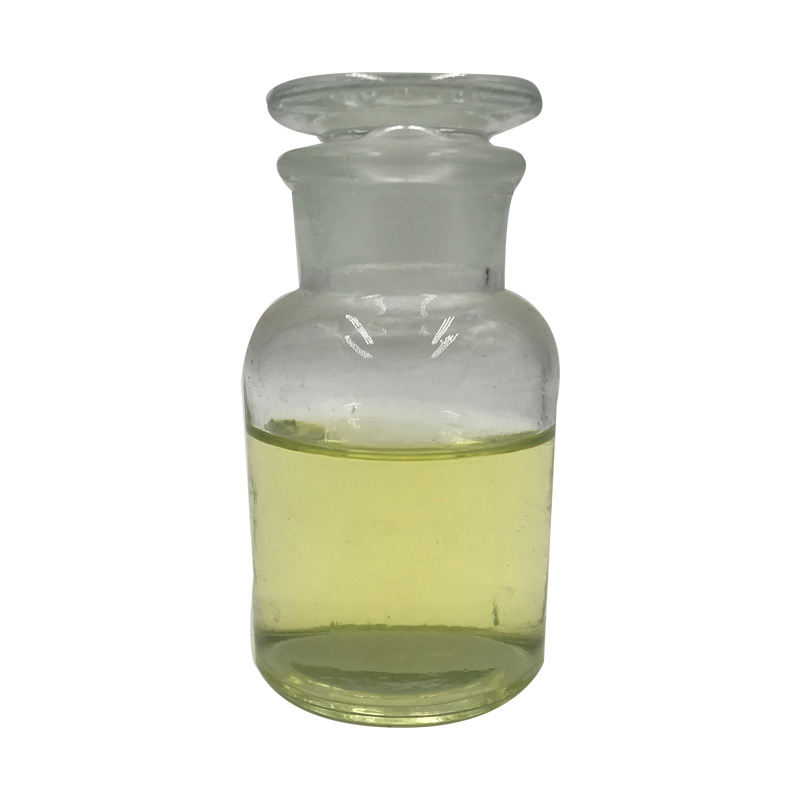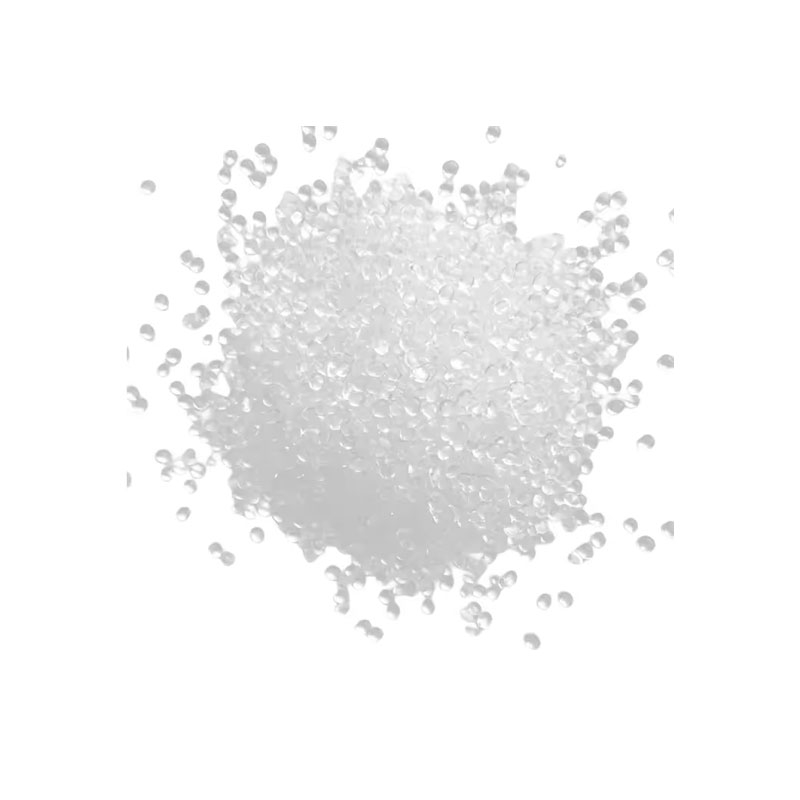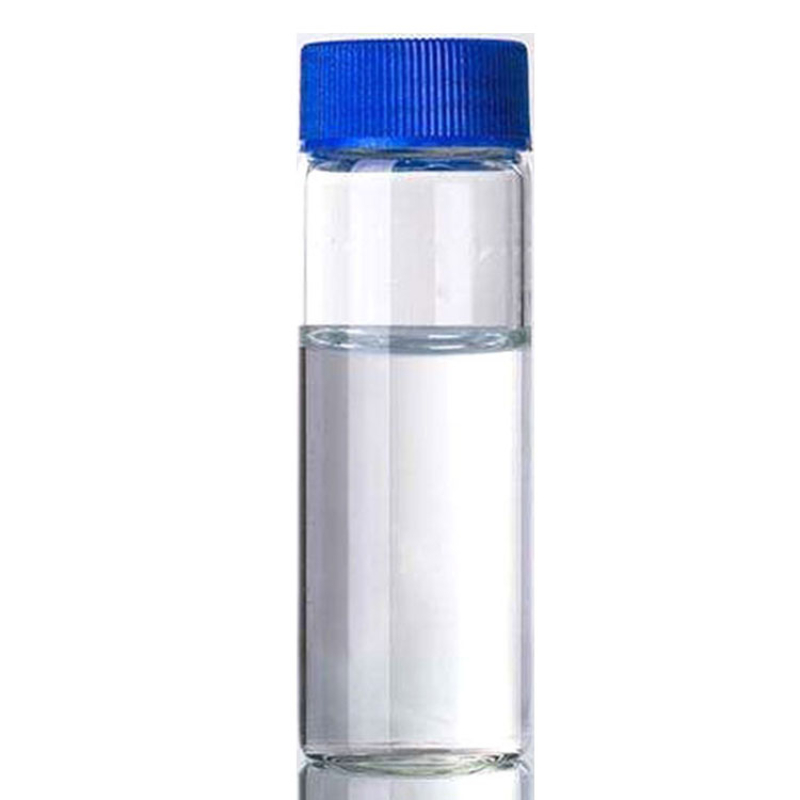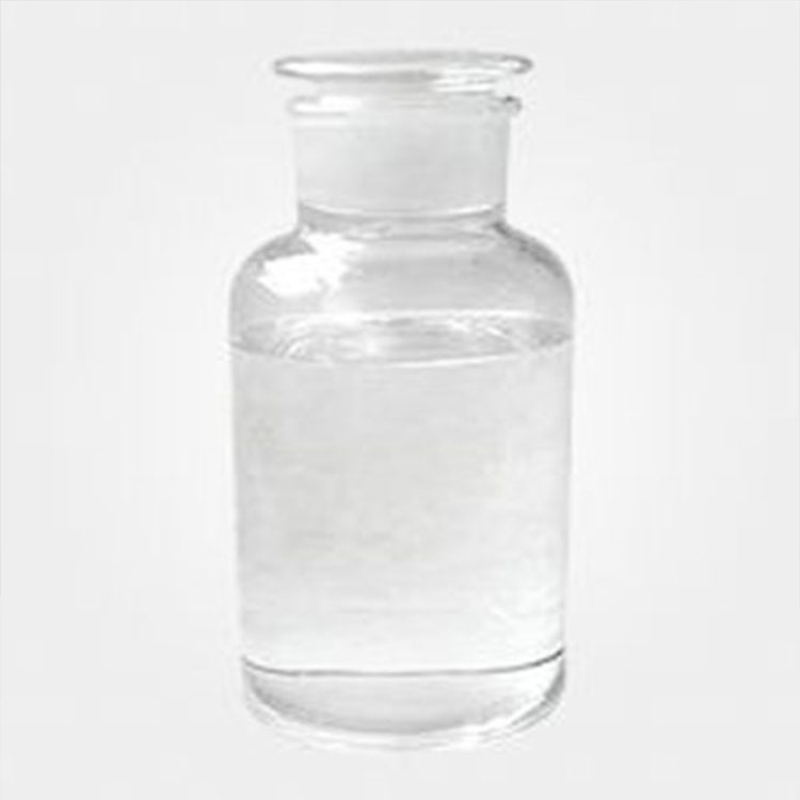Products Description of Styrenated phenol CAS#61788-44-1Light yellow to amber viscous liquid.
Contacter maintenant
Products Description of Phenol CAS#108-95-2Phenol, with the chemical formula 𝐶6𝐻5𝑂𝐻C6H6O, is a white crystalline substance known for its versatility and reactivity due to the hydroxyl group attached to the benzene ring. It serves as a key precursor in the synthesis of pharmaceuticals, including aspirin, and is integral to the production of resins, plastics, and synthetic fibers like nylon. Phenol's historical use as a disinfectant highlights its ability to denature proteins and disrupt cell membranes. It also plays a role in the detergent industry and analytical chemistry.
Contacter maintenant
Phenol CAS# 108-95-2 Phenol is the easiest member of a classification of natural compounds possessing a hydroxyl team connected to a benzene ring or to a extra complicated fragrant ring system.Also recognized as carbolic acid or monohydroxybenzene, phenol is a colorless to white crystalline fabric of candy odor, having the composition C6H5OH, bought from the distillation of coal tar and as a derivative of coke ovens.Phenol has extensive biocidal properties, an
Contacter maintenant
Products Description of 2,4-Bis(phenylsulfonyl)phenol CAS#177325-75-6White powder2,4-Bis(phenylsulfonyl)phenol Chemical PropertiesMelting point 158 °CBoiling point 631.4±50.0 °C(Predicted)density 1.415±0.06 g/cm3(Predicted)pka4.17±0.43(Predicted)form powder to crystalcolor White to Almost whiteCAS DataBase Reference177325-75-6Factory and Equipment ShowFast delivery timeInventory 2-3 working days New production 7-10 working days
Contacter maintenant
Products Description of Para Chloro Phenol (4-Chloro Phenol) CAS#106-48-9Parachlorophenol, also known as 4-chlorophenol, is an organic compound with the chemical formula C6H5ClO. It is a white crystalline powder, slightly soluble in water, easily soluble in ethanol, ether, chloroform, and benzene.
Contacter maintenant
4-(1-Acetylpiperazin-4-yl)phenol CAS#67914-60-7Crystalline compound.
Contacter maintenant
Products Description of 2,6-Di-tert-butylphenol CAS#128-39-2White or light yellow crystalline solid with phenol odor. Easily soluble in organic solvents such as alcohols, esters, alkanes, aromatic hydrocarbons, and almost insoluble in water.
Contacter maintenant
Products Description of Molybdenum trioxide CAS#1313-27-5Molybdenum trioxide is an inorganic compound with the chemical formula MoO3. It is mainly used to determine protein, phenol, arsenic, lead, bismuth, etc. It can also be used as a reducing agent for phosphorus pentoxide, arsenic trioxide, hydrogen peroxide, phenol and alcohols. It can also be used to prepare molybdenum salts and molybdenum alloys.On October 27, 2017, the World Health Organization's International Agency for Research on Cancer published a preliminary list of carcinogens for reference.
Contacter maintenant
Products Description of Antioxidant 1330 CAS#1709-70-2Hindered phenol antioxidant 330 is a white crystalline powder with a melting point above 244°C. It is insoluble in water. Its solubility in some solutions at 18°C (g/100g solvent) is: benzene 20, dichloromethane 31.9, methylcyclohexane 1.7, methanol 0.2, isopropanol 0.1.
Contacter maintenant
Products Description of Antioxidant 1330 CAS#1709-70-2Hindered phenol antioxidant 330 is a white crystal powder with a melting point above 244°C and is insoluble in water. The solubility (g/100g solvent) in certain solutions at 18°C is: benzene 20, methylene chloride 31.9, methylcyclohexane Alkane 1.7, methanol 0.2, isopropyl alcohol 0.1.
Contacter maintenant
Products Description of Antioxidant 1010 CAS#6683-19-8Antioxidant 1010 is a macromolecular multifunctional hindered phenol antioxidant, soluble in benzene, acetone, chloroform, insoluble in water. It is non-polluting, non-coloring, low in volatility, and has good extraction resistance.It is widely used in polyethylene, polypropylene, polyoxymethylene, ABS resin, PS resin, PVC, engineering plastics, rubber and petroleum products, and has excellent antioxidant properties for polypropylene and polyethylene. It can effectively extend the service life of the product.1.
Contacter maintenant
Products Description of Antioxidant CAS#27676-62-6 Antioxidant 3114 is a hindered phenol antioxidant with three functional groups. It is non-polluting and non-coloring. Due to its high molecular weight and melting point, it has extremely low volatility, low migration, good water extraction resistance, and can give plastics excellent resistance to thermal oxidation and light oxidation. This product can be used for polyolefin products that come into contact with food (can come into contact with fatty and non-fatty foods).
Contacter maintenant
Products Description of 4-AminophenolCAS#123-30-8Aminophenol is also known as hydroxyaniline and aminohydroxybenzene. There are three isomers, namely o-aminophenol, m-aminophenol and p-aminophenol (4-aminophenol). In 1874, Baeyer et al. first prepared p-aminophenol. Due to the different relative positions of the hydroxyl group and the amino group, the three are also different in terms of physical and chemical properties. This product is weakly alkaline, weakly acidic and strongly reducing. Because it has both amino and phenol groups, it has the common properties of both.
Contacter maintenant
Products Description of Cyclohexanone 99.8%MIN CAS#108-94-1Cyclohexanone is an organic compound with the chemical formula C6H10O. It is a saturated cyclic ketone with a carbonyl carbon atom included in a six-membered ring. A colorless, clear liquid with an earthy odor and, when containing trace amounts of phenol, a minty odor. The impurities are light yellow and develop color as impurities are generated over the storage time. They are watery white to grayish yellow and have a strong pungent odor. When mixed with air the explosive pole is the same as an open chain saturated ketone.
Contacter maintenant
Products Description of Phosphoric acidCAS#7664-38-2Phosphoric acid is also called orthophosphoric acid (molecular formula H3PO4). The pure product is a colorless, transparent, viscous liquid or orthorhombic crystal, odorless and very sour. 85% phosphoric acid is a colorless, transparent or slightly light-colored, viscous liquid. Melting point 42.35℃, specific gravity 1.70, high boiling point acid, miscible with water in any ratio, boiling point 213℃ (lose 1/2 water), then pyrophosphoric acid is generated. When heated to 300℃, it becomes metaphosphoric acid. Relative density 181.834.
Contacter maintenant
H3PO4 CAS#7664-38-2Welcome to our detailed product page for Phosphoric Acid, also known as Orthophosphoric Acid, with the chemical formula H3PO4 and registration number CAS#7664-38-2. This industrial grade acid is the cornerstone of various industries, providing a range of applications from agriculture to food processing.
Contacter maintenant
Orthophosphoric Acid CAS#7664-38-2Phosphoric Acid, with the chemical formula H₃PO₄ and CAS number 7664-38-2, is a versatile inorganic acid that plays a crucial role in a multitude of industries.
Contacter maintenant
Products Description of BISPHENOL A ETHOXYLATE DIMETHACRYLATE CAS#41637-38-1Colorless liquidBISPHENOL A ETHOXYLATE DIMETHACRYLATE Chemical Propertiesdensity 1.12 g/mL at 25 °C(lit.)refractive index n20/D 1.532Fp >230 °Fstorage temp. 2-8°CEPA Substance Registry SystemPoly(oxy-1,2-ethanediyl), .alpha.,.alpha.'-[(1-methylethylidene)di-4,1-phenylene]bis[.omega.-[(2-methyl-1-oxo-2-propenyl)oxy]- (41637-38-1)Safety InformationHazard Codes XiRisk Statements 36/37/38-43Safety Statements 26-36WGK Germany 3 Factory and Equ
Contacter maintenant
Phosphoric Acid(industrial grade) CAS#7664-38-2Phosphoric Acid, with the chemical formula H₃PO₄ and CAS number 7664-38-2, is a versatile inorganic acid that plays a crucial role in a multitude of industries.
Contacter maintenant
Products Description of 2,3-Difluorophenol CAS#6418-38-82,3-Difluorophenol is a chemical substance.2,3-Difluorophenol Chemical PropertiesMelting point 39-42 °C (lit.)Boiling point 54 °C/25 mmHg (lit.)density 1.2483 (estimate)Fp 134 °Fstorage temp. Inert atmosphere,2-8°Cpka7.71±0.10(Predicted)form powder to lump to clear liquidcolor White or Colorless to Almost white or Almost colorlessBRN 2082265InChIKeyRPEPGIOVXBBUMJ-UHFFFAOYSA-NCAS DataBase Reference6418-38-8(CAS DataBase Reference)Safety InformationHazard Codes F,Xn,Xi,CRisk Statements&
Contacter maintenant
Phosphoric Acid (Industrial Grade) - CAS#7664-38-2Product OverviewOur industrial-grade Phosphoric Acid, also known as orthophosphoric acid (CAS#7664-38-2), is a high-quality, versatile chemical used across a range of industries. This product is factory-direct, ensuring competitive pricing and reliable supply for global customers.
Contacter maintenant
85%phosphoric acid CAS#7664-38-2Product Overview:Our 85% Phosphoric Acid, identified by the CAS#7664-38-2, is a highly concentrated form of orthophosphoric acid (H₃PO₄), a tribasic acid with a wide range of industrial and food-grade applications. This product is recognized for its purity, effectiveness, and the ability to meet the specific requirements of various industries.Industrial Applications:Phosphoric Acid (Industrial Grade) is a cornerstone in the chemical industry, used in the production of fertilizers, detergents, and various types of chemicals.
Contacter maintenant
N-B-HYDROXYETHYL OLEYL IMIDAZOLINE CAS#95-38-5It is widely used in the process of oil and natural gas extraction, gathering and transportation, and in the atmospheric and vacuum, catalytic cracking, hydrofining, hydrocracking and other devices of refineries to prevent corrosion of metal equipment.
Contacter maintenant
Products Description of Sodium alginate CAS#9005-38-3Sodium alginate (CHONa), mainly composed of the sodium salt of alginate, is a polysaccharide biopolymer with many characteristics such as wide source, non-toxic, easy to degrade, and easy biocompatibility. Therefore, it has great application value in various industries such as medicine, food, packaging, textile industry, and biomaterials.Sodium alginate Chemical PropertiesMelting point 99 °Cdensity 1.0 g/cm3(Temp: 25 °C)FEMA 2014 | ALGIN (LAMINARIA SPP.
Contacter maintenant



































